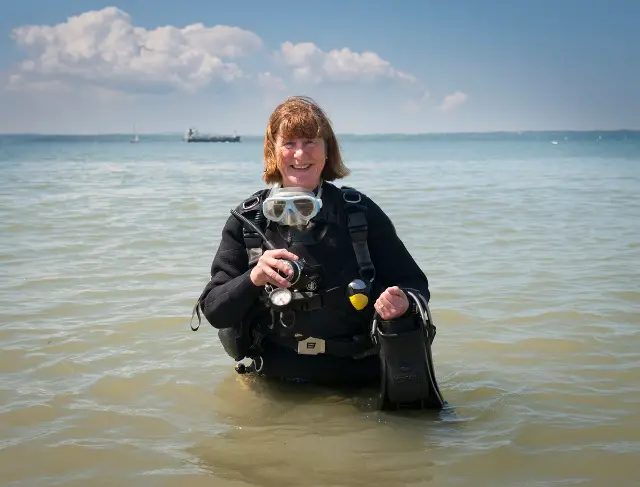Thanks to Clare for this update on Jane Maddock’s underwater study. Ed
Jane Maddocks, Underwater Heritage Advisor for the British Sub-Aqua Club (BSAC), is hoping to unravel the secrets of SS Faith, which sunk in heavy seas in the English Channel, 12 miles south of the Isle of Wight, on December 30, 1855.
On Thursday July 3, starting at 6.30 am, she will lead a team of scuba divers from Southsea Marina on the first scuba dive of this indepth historical, underwater study of the SS Faith.
Background on the SS Faith
The cargo ship, which was built in a Birkenhead ship yard, belonged to the Turkish government and was on a delivery voyage to Constantinople when it floundered in stormy seas at the height of the Crimean War almost 160 years ago.
All of the crew were saved apart from one who sadly returned to his berth feeling unwell and wasn’t missed until it was unfortunately too late.
The wreck of the Faith now lies 39 metres down and marine archaeologist and BSAC First Class Diver and National Instructor, Jane Maddocks, backed by a £2,000 British Sub Aqua Jubilee Trust grant, will plot what Jane believes is an important wreck historically.
Jane, said the SS Faith is an unusual ship and a very early example of a steam powered ship that was also rigged out with full sails too.
She said:
“It’s a fascinating wreck and I’m really looking forward to the project. She actually belonged to the Turkish government when she floundered in heavy seas and went down.
“Her bell was raised a few years ago and is in the Isle of Wight’s Shipwreck Museum. And although she lies in the English Channel, she is crucially in English waters. She was carrying a pretty ordinary cargo and on her way to Turkey when she sank.
“She was built in 1852 by Laird and Sons of Birkenhead and although built of iron and a steamship she had full sails too.”
Jane added:
“She was built right on the cusp of the time when steam was replacing sail power. But because she had both, and was propeller driven, she had flexibility.
“And although primarily a cargo ship she had been used as a troop ship taking soldiers to the Crimean War which is something we want to further research.
“It is an important and rarely visited wreck.”





